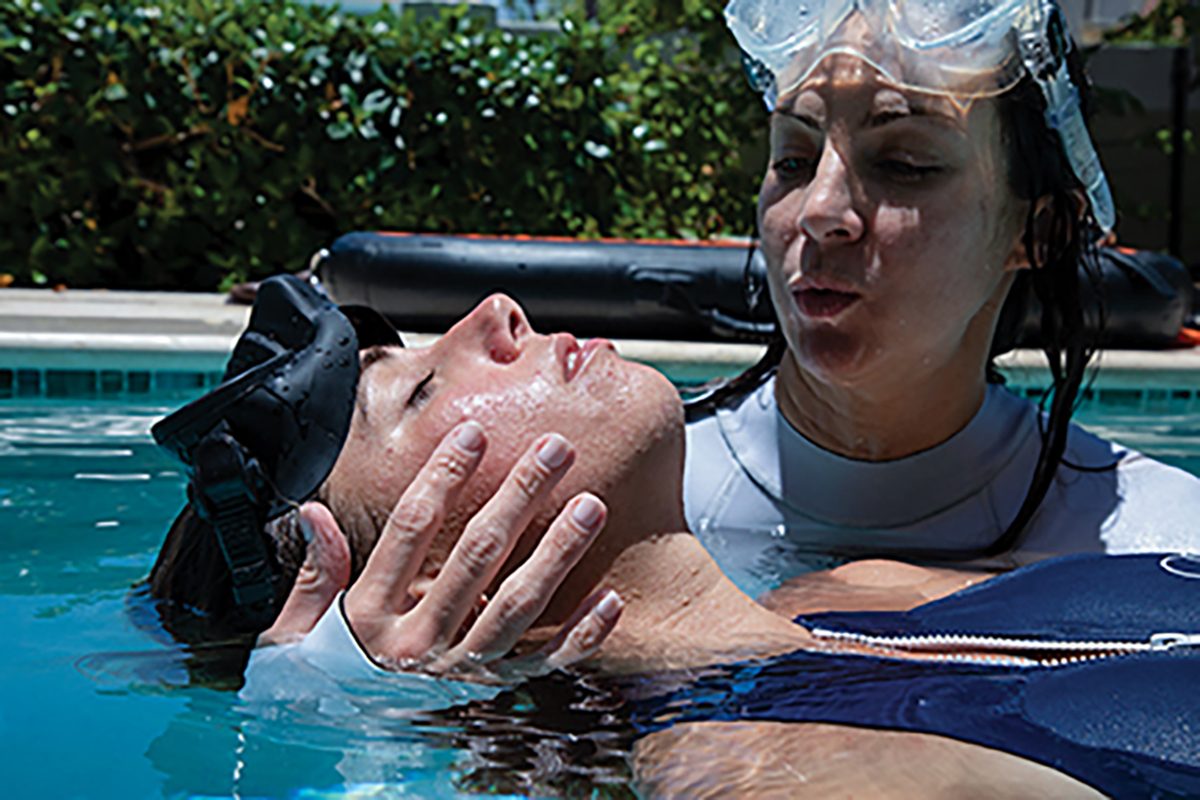Saturation Diving
What is saturation diving? When the diver breathes in inert gas, it dissolves into the body’s tissues and reaches equilibrium with the ambient pressure at the diver’s depth.

What is saturation diving? When the diver breathes in inert gas, it dissolves into the body’s tissues and reaches equilibrium with the ambient pressure at the diver’s depth.

WHEN YOU GROW UP IN THE FLORIDA KEYS, the Atlantic Ocean is your backyard and the Gulf of Mexico is the front — or as the locals say, the ocean […]

Every documentary filmmaker eventually dreams of making an IMAX® film. After all, it’s the biggest, most impressive film format in the world. Who wouldn’t want to see their film on a 70-foot screen? For years I dreamed of making my first IMAX film.

THROUGHOUT HISTORY, CRIMINALS HAVE LOOKED TO BODIES of water as safe places to dispose of and forever hide evidence of their crimes.

MANY DIVERS AND NONDIVERS ALIKE envision the ideal scuba dive as a coral reef in warm, clear water surrounded by a myriad of beautiful fish. River diving, on the other […]

FOUR SCUBA DIVERS BECAME TRAPPED and died while working in an offshore pipeline in 2022. This incident was a harsh reminder that commercial diving is a “hazardous occupation that presents […]

Public safety diving consists of team members who may be EMTs, firefighters, lifeguards, law enforcement officers and more. Public safety diving is notoriously dangerous and hard work.

My phone’s alarm filled the air, but I was already awake. It was the day I had eagerly anticipated since first learning about the Florida International University (FIU) Introduction to Saturation Diving: Aquarius Operations and Benefits to Science course — the emergency simulation.

The commercial diving industry adopted mixed-gas technology in the 1960s to overcome the limitations of deep air diving. The industry has an exemplary safety record.

Whether your plans involve recreational or technical diving, hiring dive operators in remote locations requires several considerations — and there are additional safety factors to consider when going to these remote destinations.
